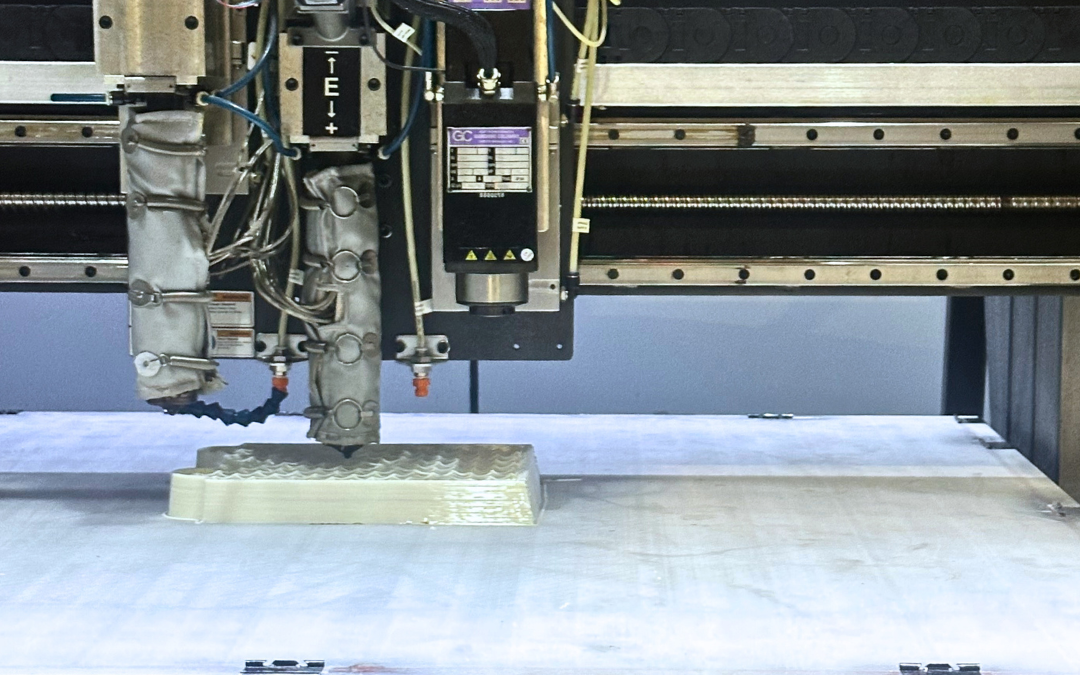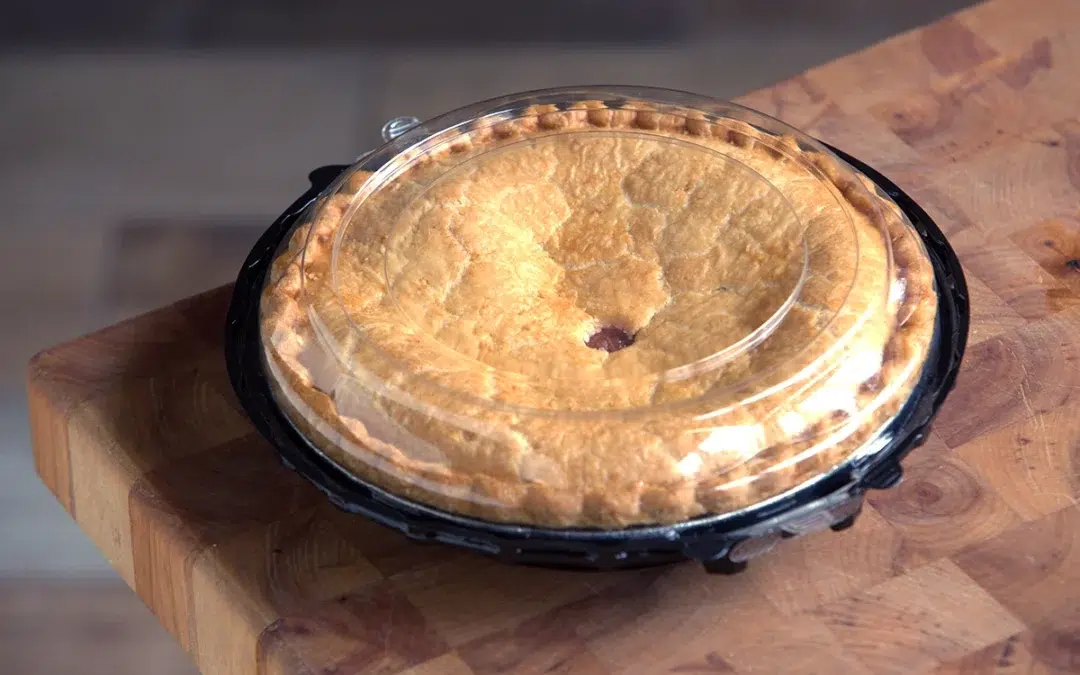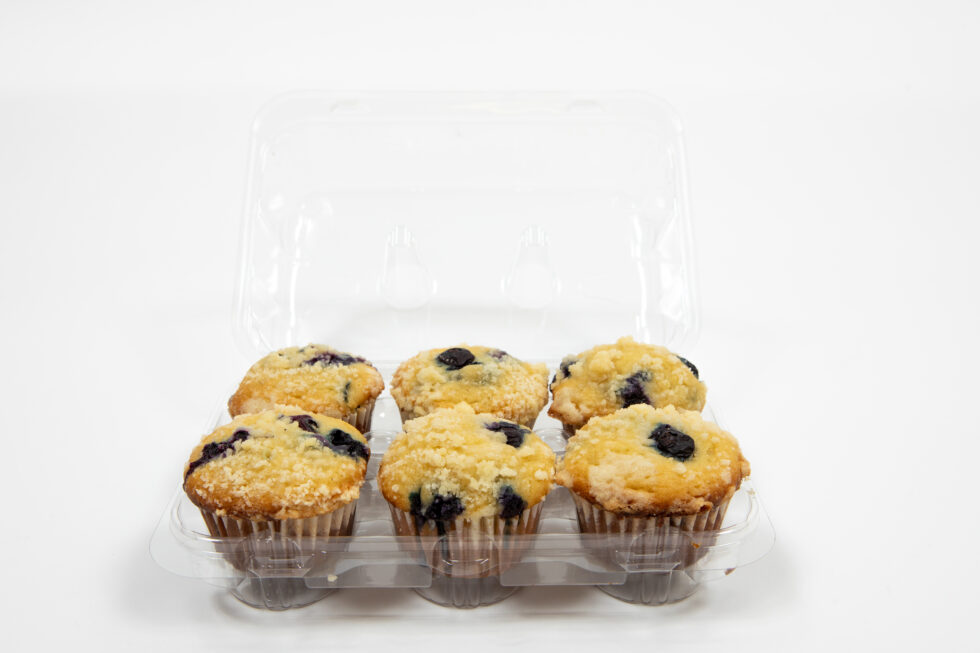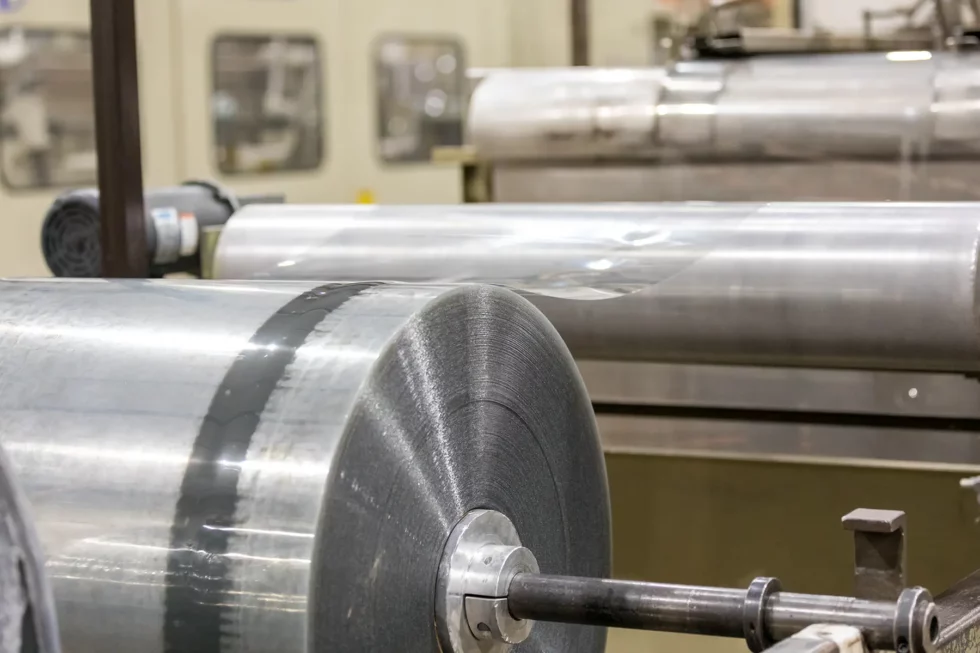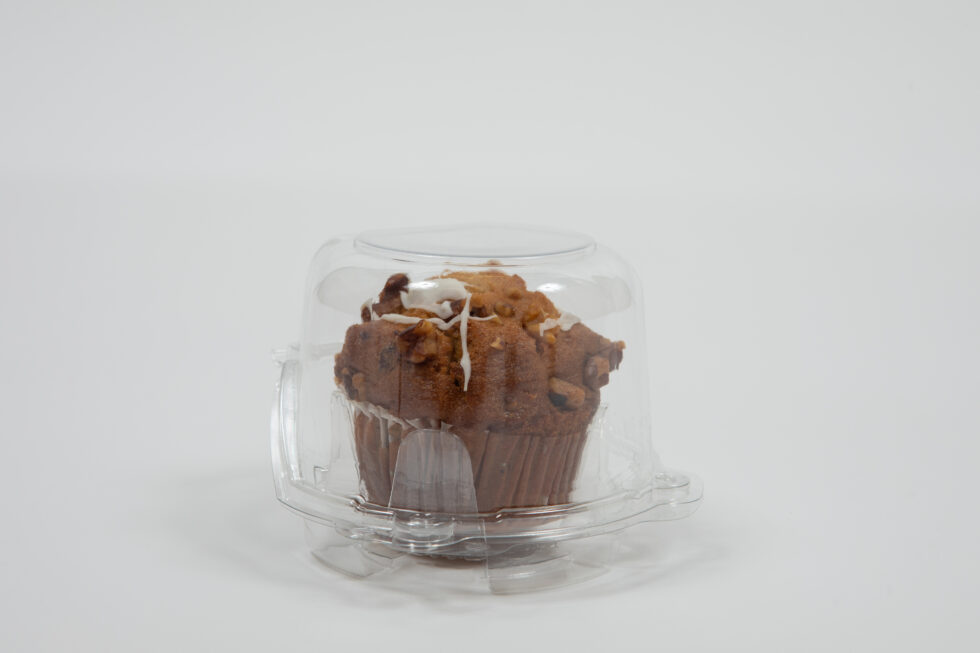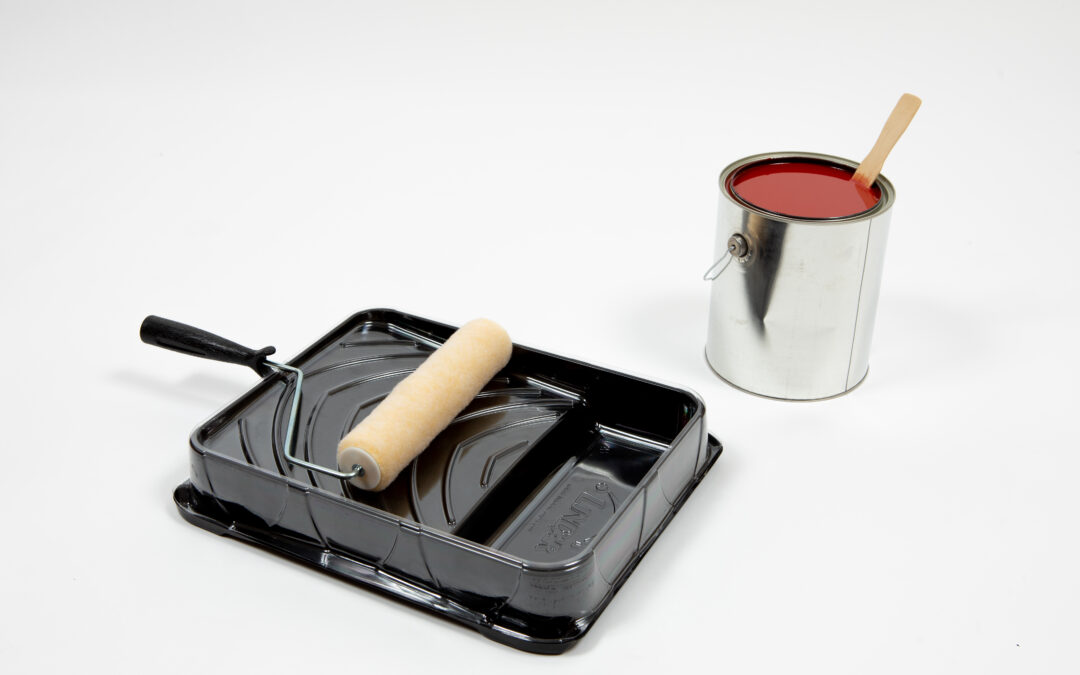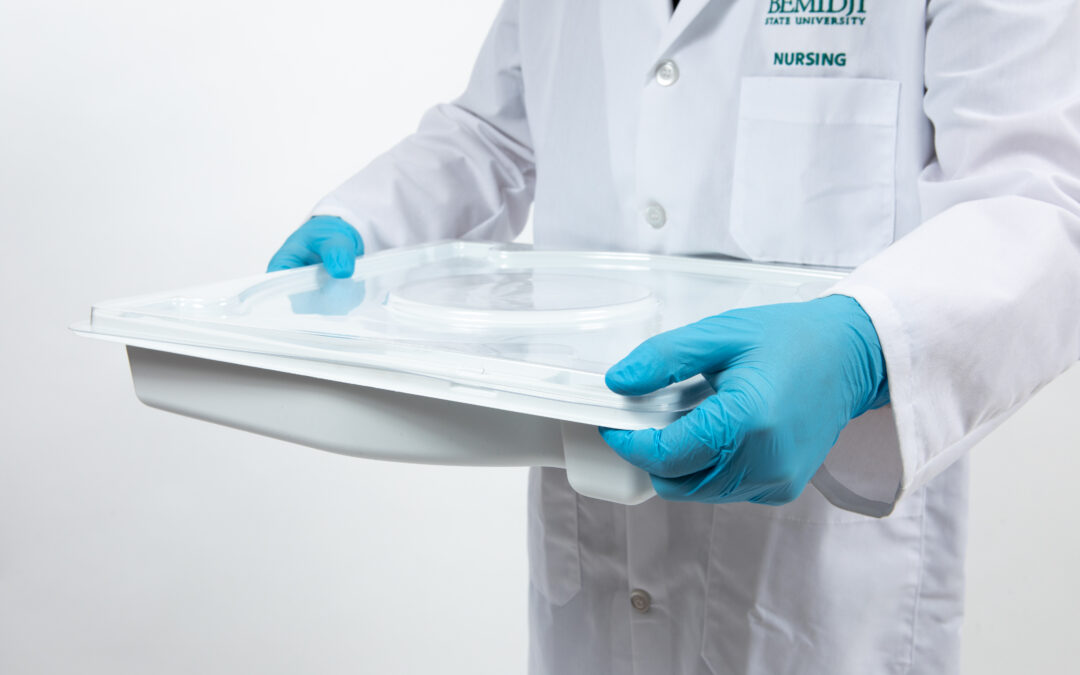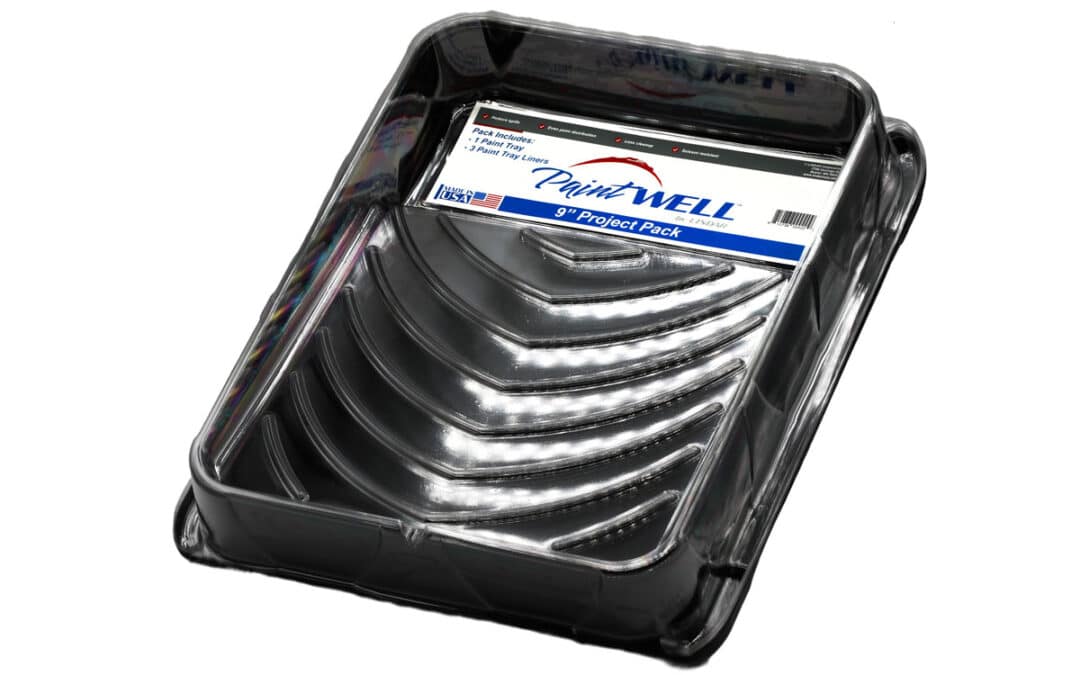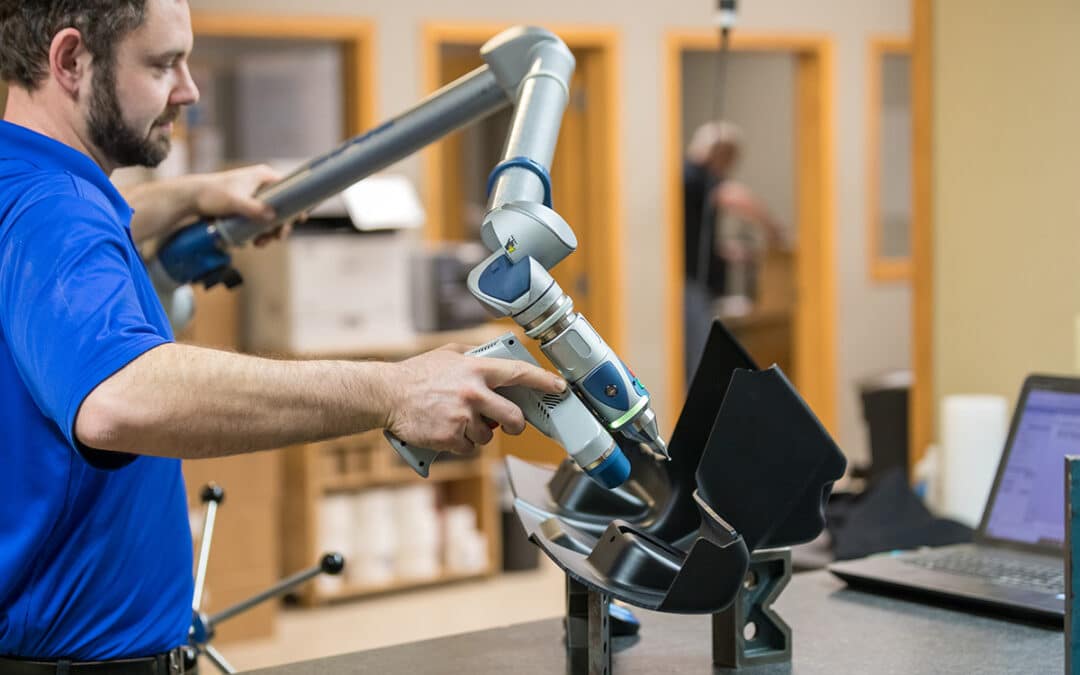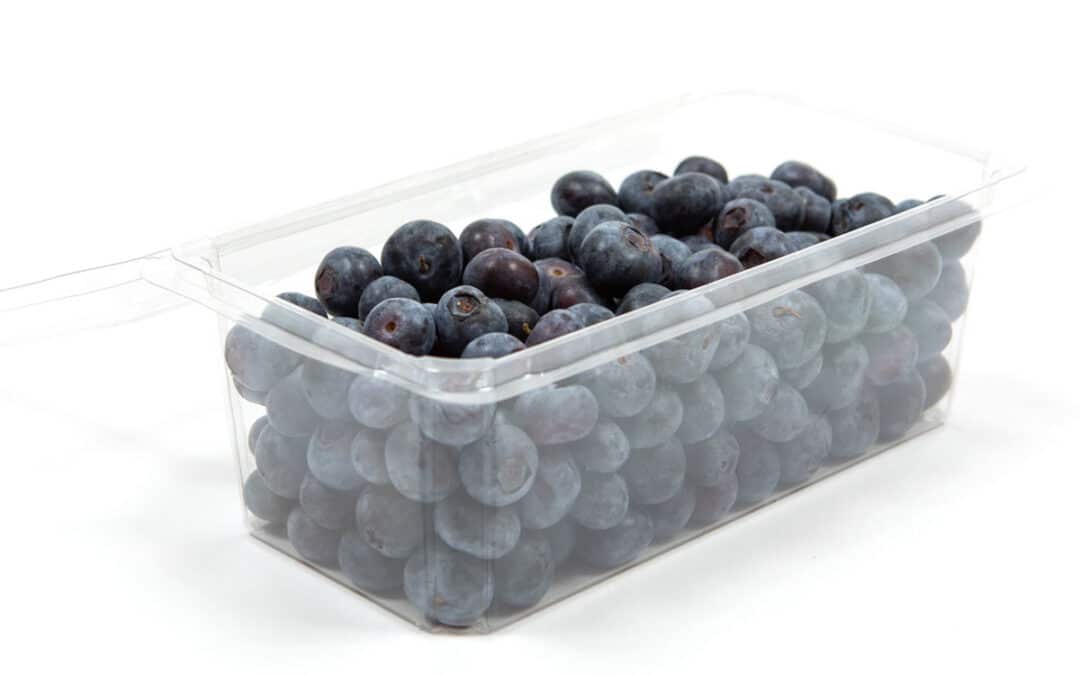When it comes to thermoforming, choosing the right material for your product is critical. You want a plastic that not only performs well for your application, but is cost effective, has a fast turn-around time, and is aesthetically pleasing.
In a previous blog post, we discussed the benefits and versatility of thermoplastic polyolefin (TPO). Today we’d like to touch on another popular and commonly used material—thermoplastic rubber (TPR).
Thermoplastic rubber is considered one step above thermoplastic polyolefin in flexibility and is made of materials that have qualities that are both thermoplastic and elastomeric. Cars or trucks are often fitted with custom TPR floor mats and TPR material is a standard component in truck-bed liners.
In addition to personal vehicle use, we see an even greater need for TPR floor liners in the vehicles and equipment used in the Ag and Industrial market. The working conditions of farmers, ranchers, and operators are a viable fit for TPR liners that are easily removable and washable to eliminate mess, filth, and dirt from cab interiors.
Even though TPR material is more malleable than TPO, it is an excellent choice for custom molding material:
• It holds its shape.
• It comes in varying levels of flexibility.
• Adding more rubber to the chemical makeup makes it more flexible.
• It can be formulated so the rubber smell is not noticeable.
As experts in custom thermoforming, we are able to customize any plastic material your project may require and eagerly accept such challenges.
Our innovation and processing ability set LINDAR apart from other thermoforming companies. See for yourself. Contact us to learn more about thermoplastic rubber or to discuss what type of material would be the most effective for your application.
